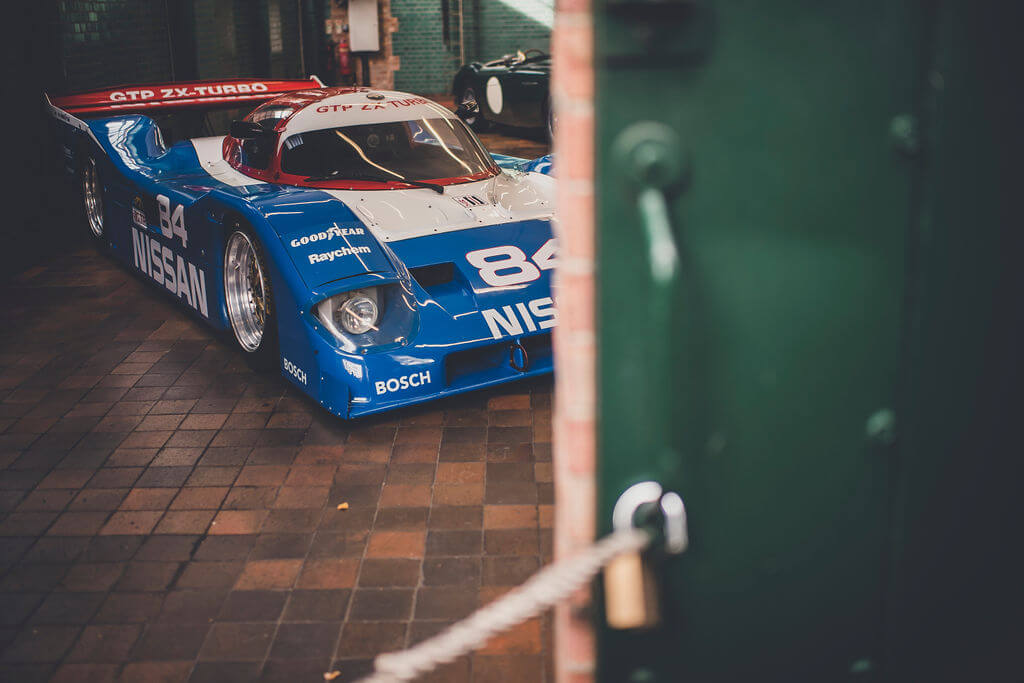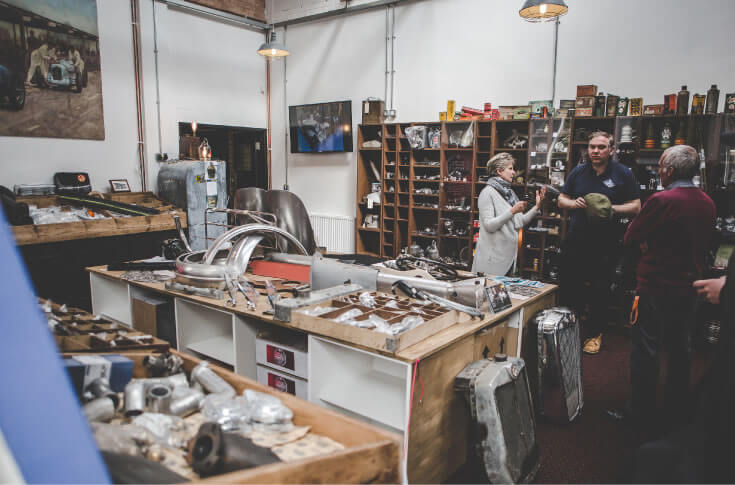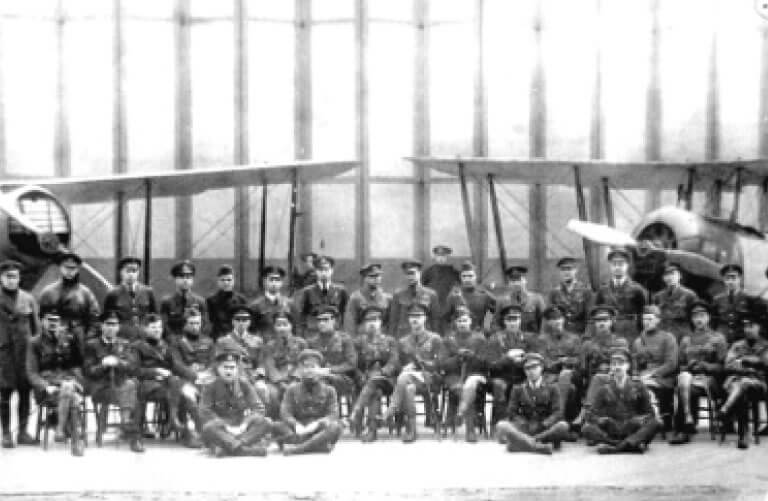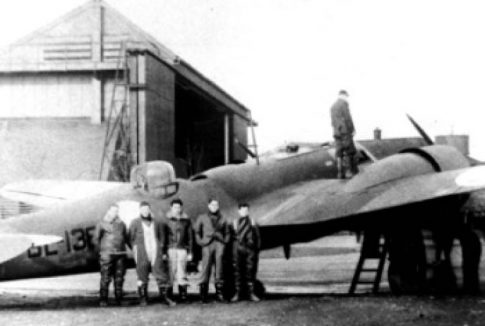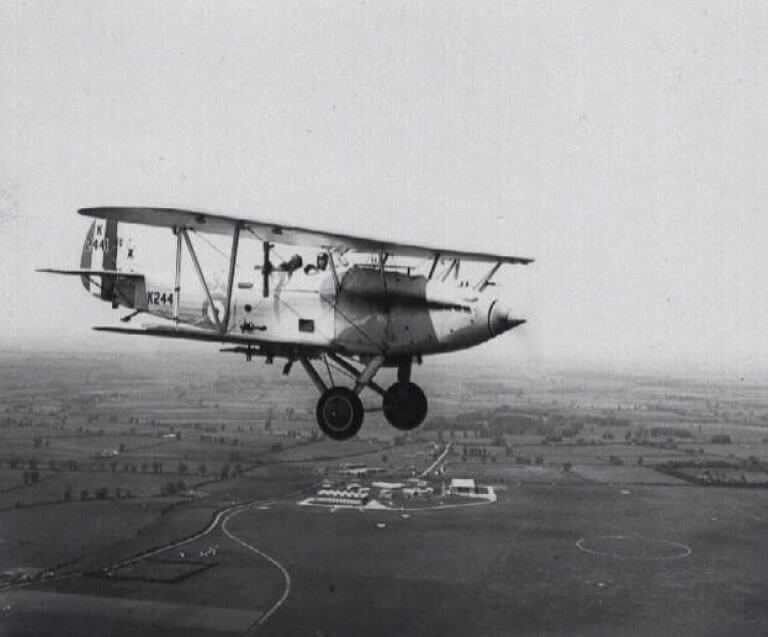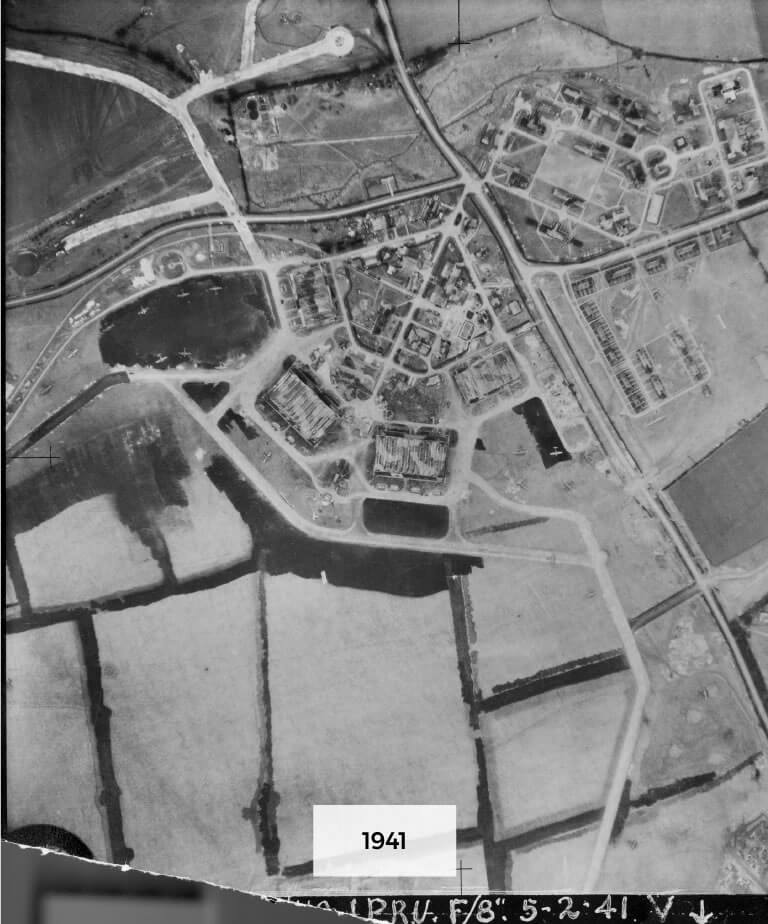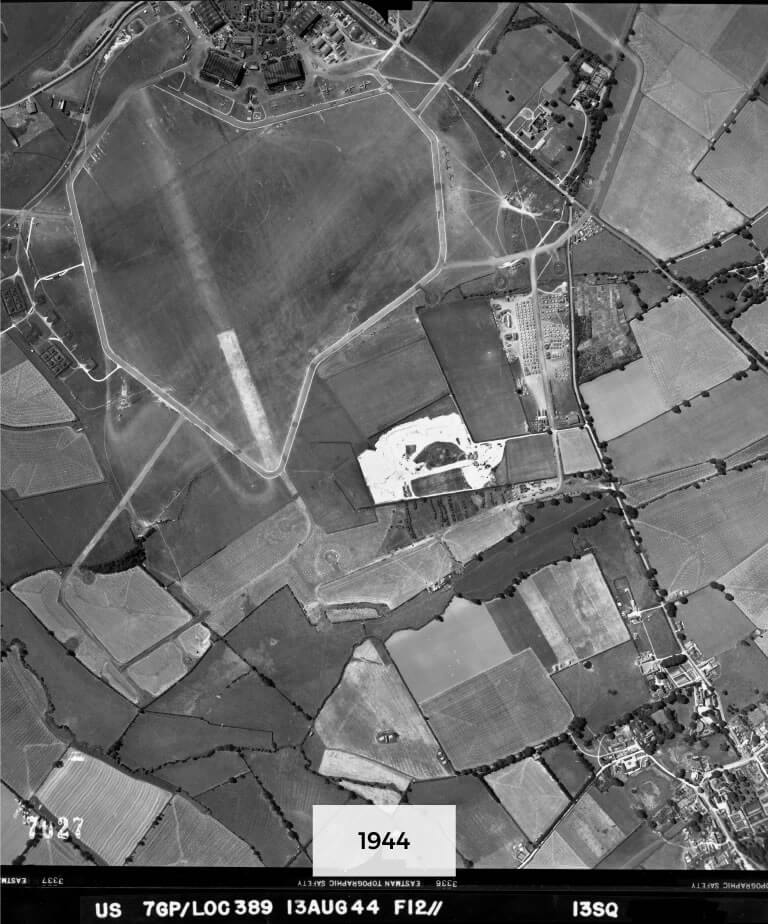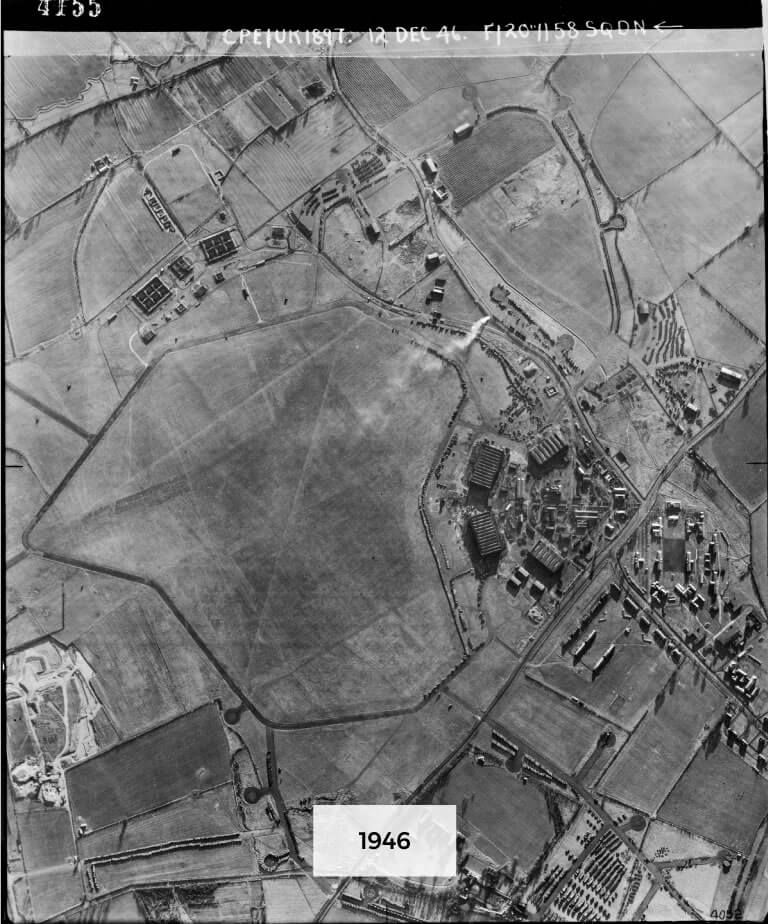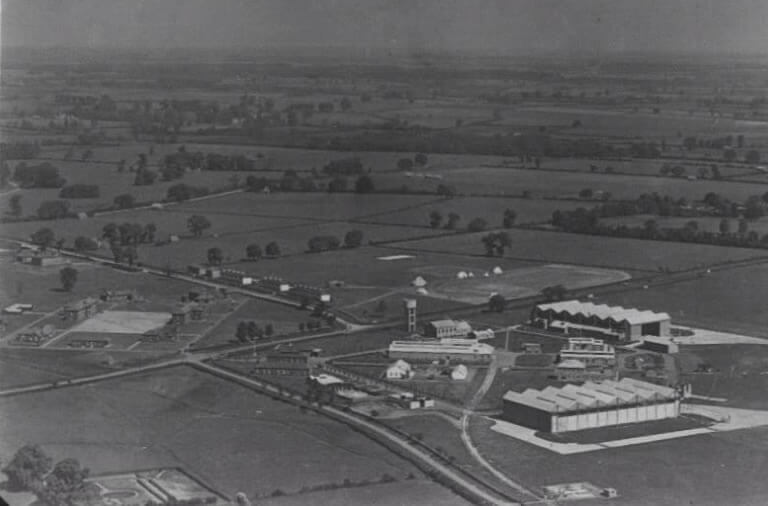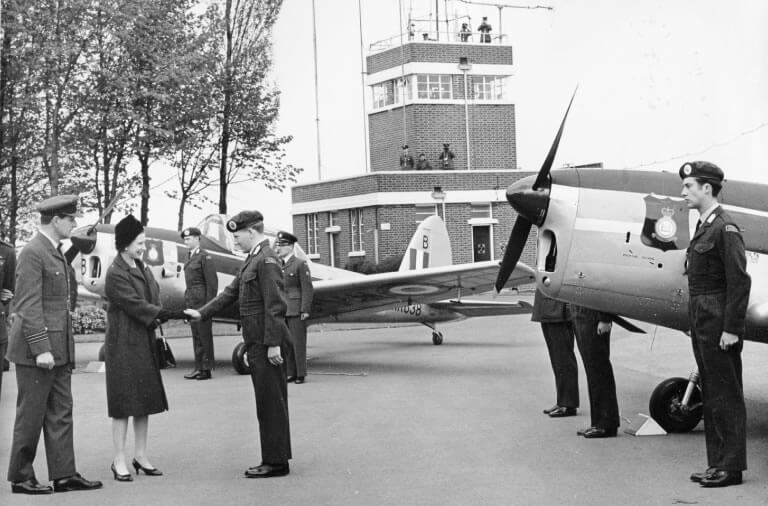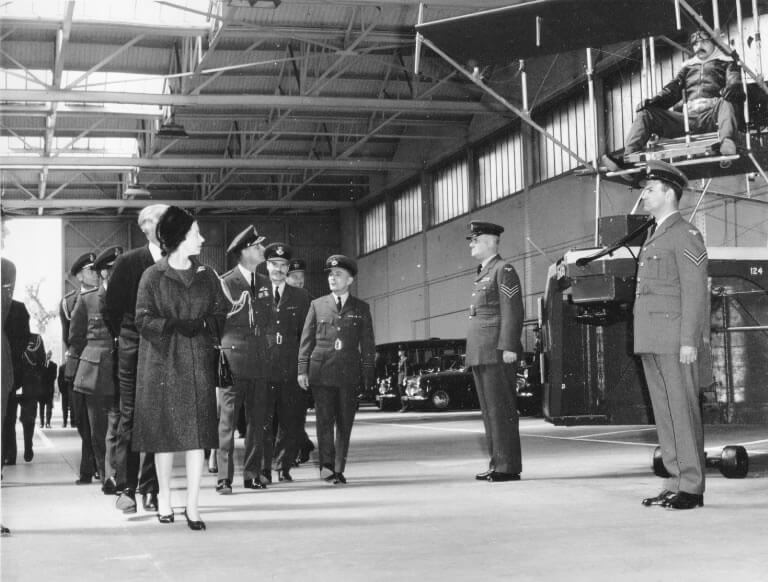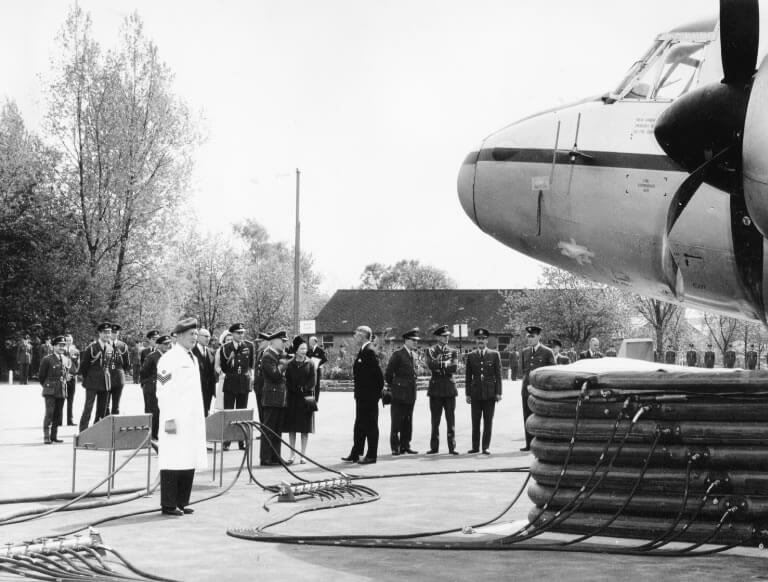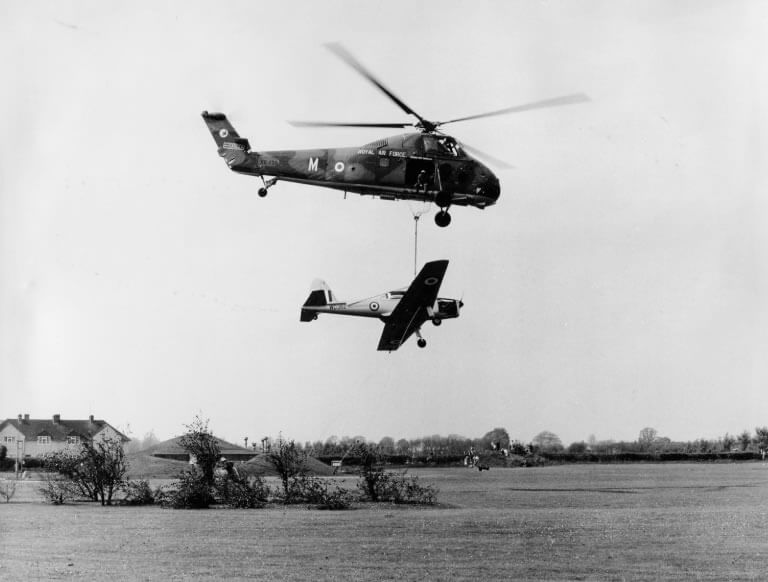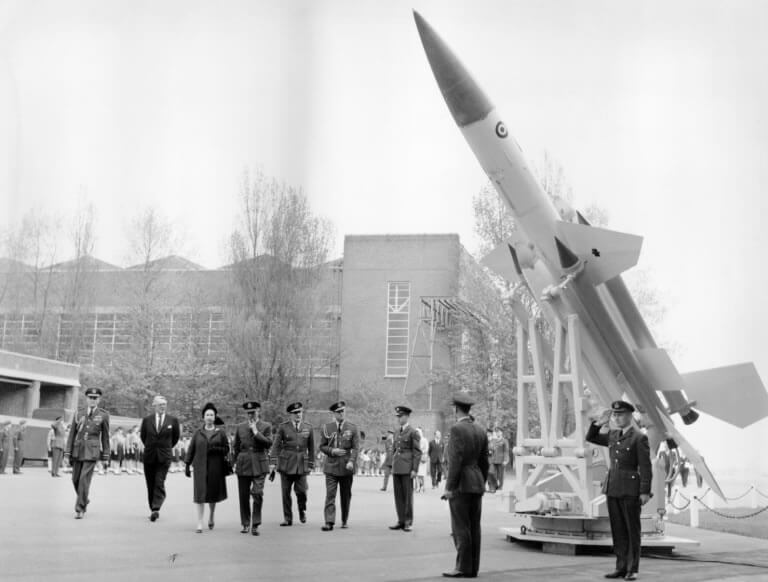Bicester Heritage has created a revolution in historic vehicle ownership. The unique location is the UK's only hub for historic motoring excellence.
Bicester Heritage has created a revolution in historic vehicle ownership. The unique location is the UK’s only hub for historic motoring excellence and is the national centre for a £18bn per annum industry that employs over 34,000 skilled people.
Founded in 2013, Bicester Heritage has gone from a standing start to more than 50 specialist businesses, and growing, with a collective turnover of over £100m, making it the largest player in the industry and set to grow exponentially with a global reach. The unique ecosystem of businesses based at a beautiful 444-acre former WW2 RAF Bomber Training Station acts as a marina-like cluster, introducing a new audience to very special events such as the Scramble, as well as history-preserving careers and world-leading specialists in the automotive industry. Collectively, Bicester Heritage is all about driving the future of the past.
The former RAF Bicester site on which Bicester Heritage is now based is of national historic importance. Neglected for the best part of 40 years, it was added to Historic England’s ‘At Risk Register’ in 2008 and designated the most ‘at risk’ of all Defence Estates in the UK. Since Bicester Heritage’s tenure, over 95% of the buildings have been delicately restored or re-activated for modern business use, with the site now held as a national exemplar of constructive conservation by Historic England. The time-warp base is truly unmatched in evocative character, with even the paint colours being correct to 1930s British Standards. An active airfield and test track complete it’s dynamic operation.
The location of Bicester Heritage of course, is key. Bicester is one of the fastest growing towns in Europe with unrivaled connections via road, rail and air, situated in close proximity to the globally known City of Oxford and within 90 minutes of upwards of 30 million people.
RAF Bicester is the best preserved of the bomber bases constructed as the principal arm of Sir Hugh Trenchard's expansion of the RAF from 1923, which was based on the philosophy of offensive deterrence. It retains, better than any other military airbase in Britain, the layout and fabric relating to both the pre-1930's military aviation and the development of Britain's strategic bomber force in the period up to 1939.
So say Historic England, but the flying history of Bicester predates its development as a bomber base: a Bristol Boxkite flew from the town as early as 1911. The first military occupiers of the airfield were the Royal Flying Corps in 1916, which became part of the newly formed Royal Air Force on 1st April 1918 when RAF Bicester, as it now was, became a Training Depot. In the three years from 1925, the airfield was transformed into a state-of-the-art Bomber Station.
In 1936, the site expanded as the country prepared for war with Germany. As Britain went to war, RAF Bicester was home to such legendary flying machines as the Hawker Hart, Bristol Blenheim and the first flight of the Handley Page Halifax four-engined bomber, the Royal Air Force’s first heavy bomber to enter production.
By the time the Allies were ready to liberate Europe, training was well under way at RAF Bicester for glider pilots and their tug aircrews. Soldiers of the Glider Pilot Regiment trained at Bicester before setting off for D-Day, Arnhem and, eventually, the Rhine Crossing. As the battle moved towards Berlin, RAF Bicester was transforming to become a busy maintenance unit dealing with both aeroplanes and motor transport.
Now the former RAF Bicester has transformed again. Its War Department specification redbrick buildings have been restored and updated as the home of the UK’s first centre for historic motoring.
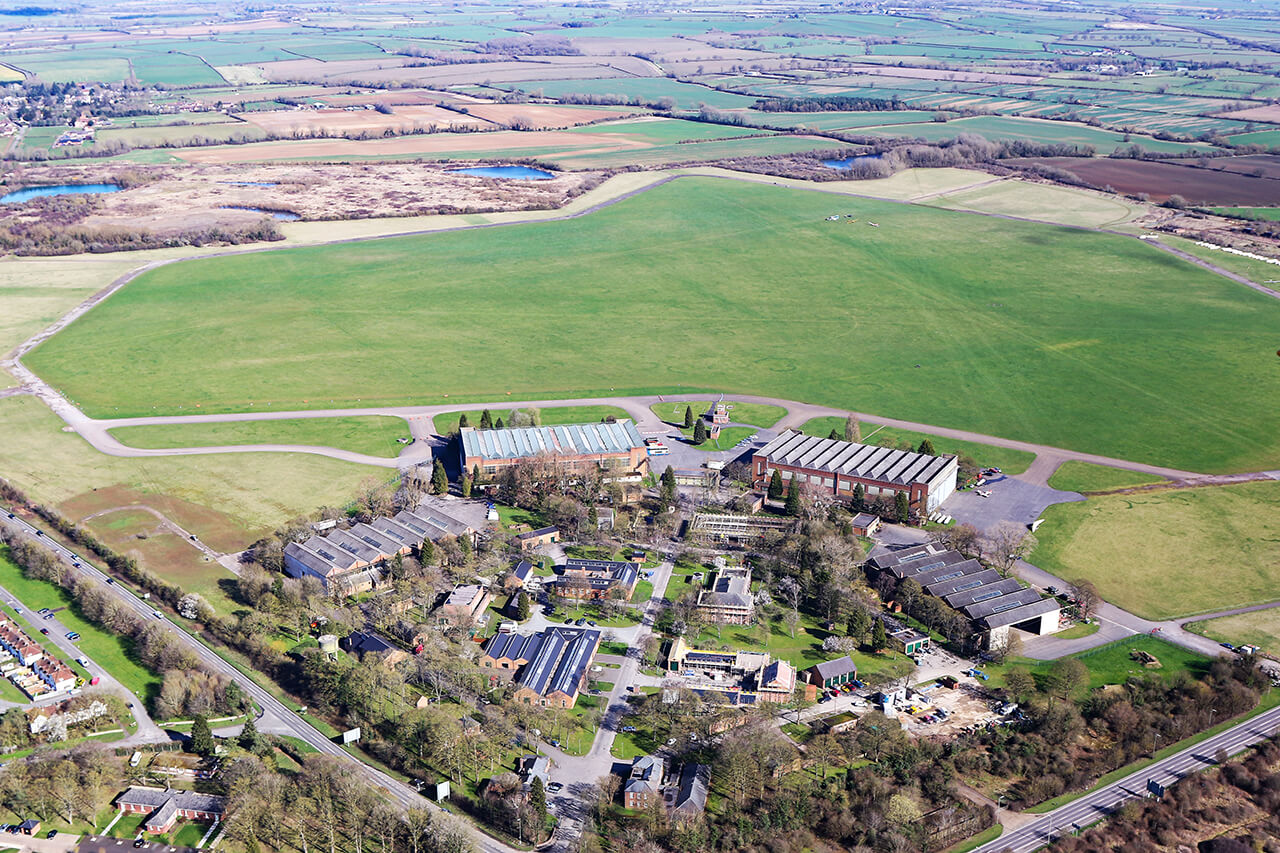
Our Future
In 2011 the Bicester Heritage site (formerly RAF Bicester) was designated as a ‘Strategic Development Site’ and was adopted in the Cherwell Local Plan 2015 for ‘Tourism Development’ providing support for heritage tourism uses, leisure, recreation, employment and community uses including the development of hotel and conference facilities.
Our vision remains to ensure the accessibility of heritage motoring through nurturing a specialist community and creating an international centre of excellence for automobiles, past, present and future. Our onsite apprenticeship opportunities enable the transferral of skills and knowledge, through automotive innovation and technology.
The site, firmly embedded within the UK’s ‘motorsport valley’, is an unrivalled destination for historic motoring enthusiasts, offering a global centre of excellence for automotive conservation, engineering and development.
Our Team



